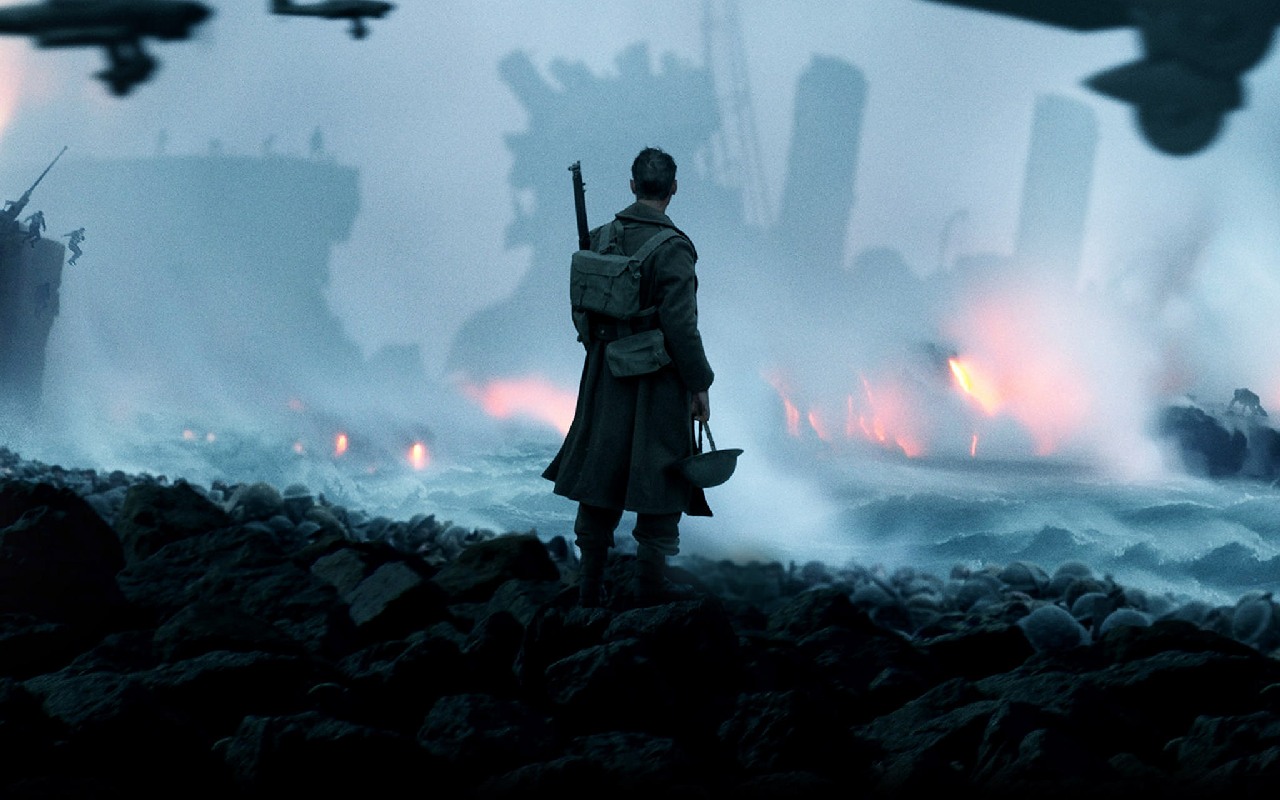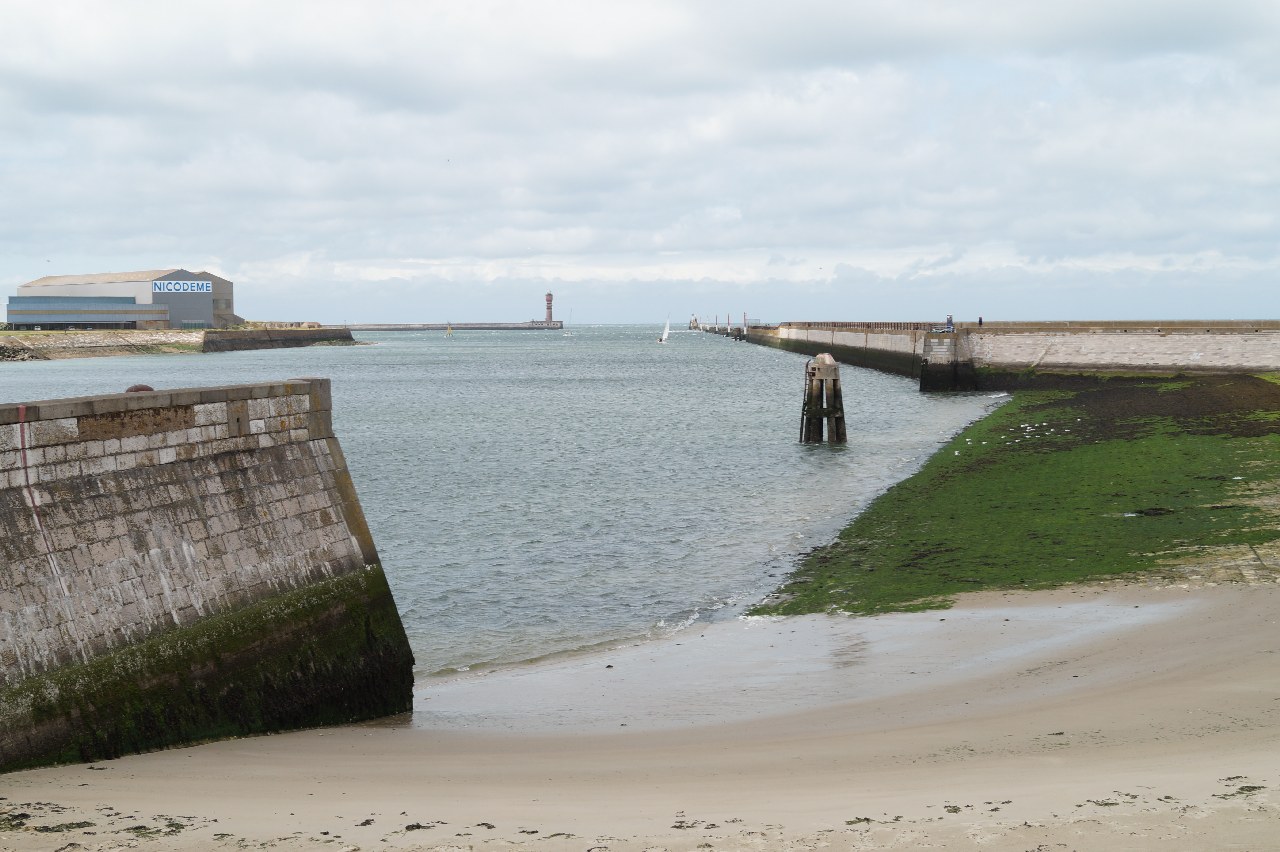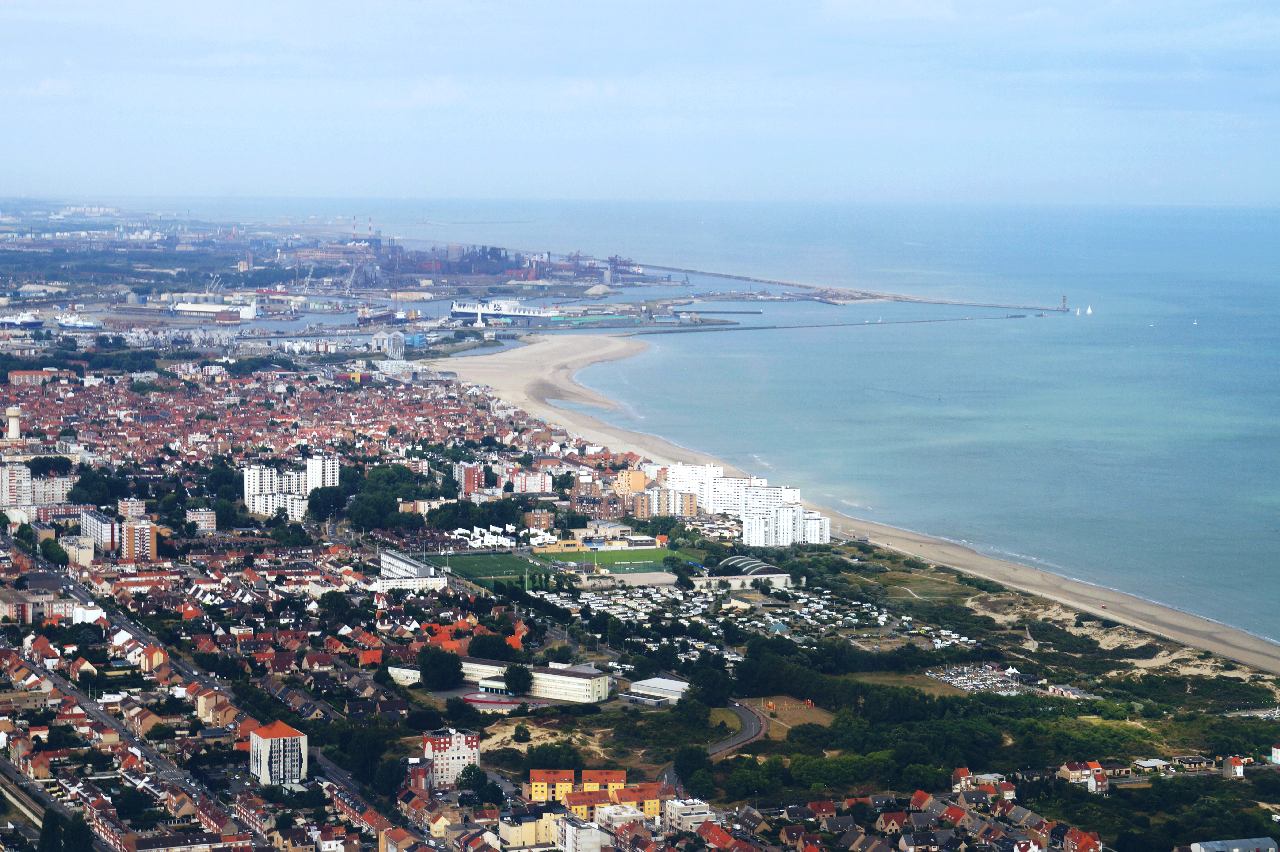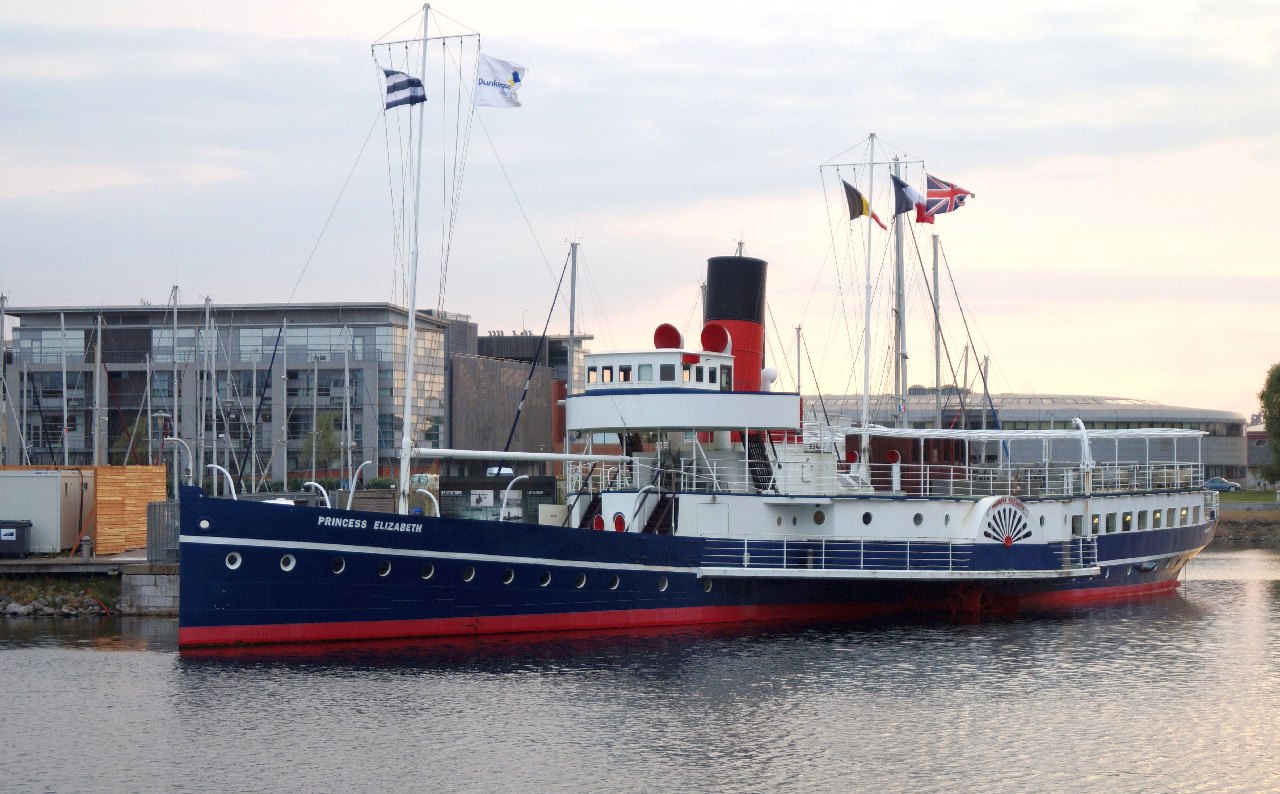The heart-thumping, beautifully executed film Dunkirk, covers the grim days in May and June 1940 as the invading German army drove the British Expeditionary Force from Belgium and into an area around Dunkirk eventually surrounding the vast army of Allied troops.

Dunkirk war scene
Defences, manned mainly by French troops, allowed the soldiers to assemble in the city to await rescue from the harbour and beaches. And 400,000 of them were rescued in a daring rescue mission called “Operation Dynamo” named after the dynamo room in the Dover cliffs where their operation HQ was based. Some refer to event as the Miracle of Dunkirk.
The operation saw hundreds of little boats owned by ordinary people sail from UK ports on the south coast to ferry soldiers to larger naval vessels as they could not approach Dunkirk. This is where the phrase “Dunkirk Spirit” comes from.
Around 200,000 men were picked up from the Dunkirk Mole – a long stone and wooden jetty at the mouth of the port.

Dunkirk Harbour – The Mole c. Doug Goodman
Christopher Nolan’s film was shot during summer last year. The set was a reconstructed harbour and waterfront to portray the beaches which extend into Belgium and employed over 1300 local extras. While their uniforms and weapons were recreated, real warships were involved and real Spitfires and Messerschmitts were filmed. In fact the final scene featured a real Spitfire landing on the beach at Dunkirk.
There are still remnants of German occupation. If you visit the Fort des Dunes, a well preserved 19th century military installation you can witness the scars of the battle of 1940 and the German occupation.
There’s also a very well set up museum in the former “Operation Dynamo” French command post, which has relics from 1940 and clear descriptions and images of the evacuation. You can also visit the imposing sail training ship that’s moored by the Maritime Museum, the military cemetery and a display of the film sets.
There are also tours to “the mole” – the long jetty from which big ships loaded the troops – walking tours of the beaches and even a flight over the beaches.

Dunkirk c Doug Goodman
The latter tour is a 15-minute flight in a 4-seater Robin from Dunkirk airfield. It not only offers great views, a wonderful flying experience at a height of 1,000 feet, but at €120 for three passengers must be one of the cheapest trips available.
However Dunkirk is more than its military history. The seaside town has a great range of sporting and leisure activities, a modern art gallery and good hotels and restaurants. A paddle steamer The Princess Elizabeth was one of the rescue ships and has a starring role in the film.

The Princess Elizabeth c. Doug Goodman
She now offers fine dining in the domestic harbour with a strong 1940’s flavour. And you can eat at La Cocotte, a beach-front restaurant frequented by the cast.
The wide sandy beaches, where once tens of thousands of dejected, hungry soldiers queued for boats, is now the scene of fun and familial frivolity.
Fact File
SAIL: DFDS offers 24 crossings daily between Dover and Dunkirk from £39 each way for a car and up to nine passengers.
STAY: Hotel Borel, situated in front of the Harbour in the city center.
EAT: Princess Elizabeth floating restaurant, La Cocotte restaurant, Comme Vous Voulez restaurant, L’Edito a waterside restaurant
VISIT: War museum, Dunes fort, Maritime Museum
MORE: Dunkirk Tourist Board for local tours, flights and general information. www.dunkerque-tourisme.fr and www.ot-dunkerque.fr
